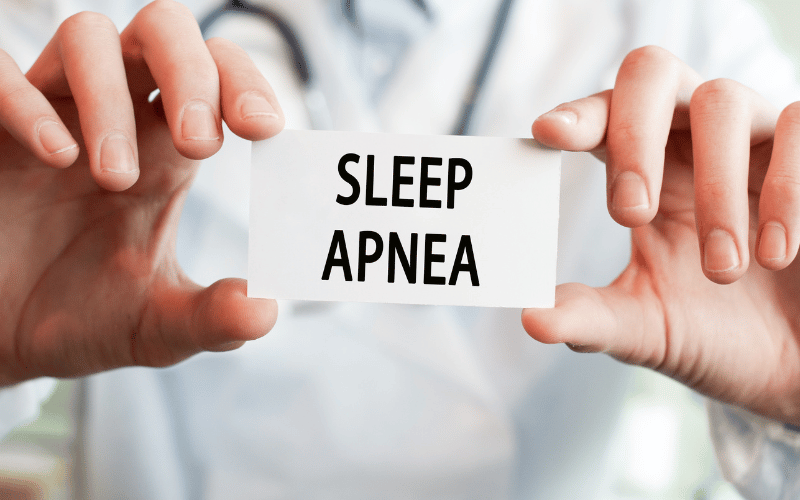Introduction: The Silent Nighttime Threat

Sleep apnea is not a mere inconvenience. It’s a sleep disorder with the power to disrupt more than just a peaceful night’s rest. When you hear “sleep apnea,” the mind often jumps to images of loud snoring, restless nights, and daytime fatigue. However, beyond these common symptoms lies a myriad of health implications, some of which are gravely serious.
Beyond the restless nights and consistent nudging from a partner to stop the disruptive snoring, the real danger lurks in the pauses between breaths. These moments of oxygen deprivation, however brief, have ramifications that extend far beyond the nocturnal hours. They bleed into daily life, affecting mental and physical health, decreasing the quality of life, and in extreme cases, proving fatal.
To truly grasp the severity of this condition, one must delve deep into its connection with mortality. It’s a sobering exploration, revealing sleep apnea’s ties to heart disease, high blood pressure, diabetes, and more. Not only does sleep apnea contribute to these conditions, but the reverse is also true; many of these health issues can exacerbate sleep apnea, creating a detrimental feedback loop.
Understanding sleep apnea’s depth and breadth is more than just gaining knowledge—it’s about empowerment. With awareness comes the power to recognize symptoms, seek early intervention, and potentially sidestep the life-threatening complications associated with untreated sleep apnea.
Fact 1: Understanding Sleep Apnea – Beyond the Snore

Sleep apnea is often misconstrued as merely loud snoring, but it’s a whole lot more than that. It’s a sleep disorder where an individual experiences repetitive disruptions in breathing during their sleep. These disruptions, while brief, deprive the brain of the vital oxygen it needs.
The most predominant form is obstructive sleep apnea. It’s caused when the muscles in the back of the throat fail to keep the airway open, despite the effort to breathe. This collapse is what causes the characteristic choking or gasping sounds.
But why does this collapse occur? Factors like the anatomy of one’s lower jaw or a narrowed airway, often hereditary, play a pivotal role. Fat deposits around the upper airway may also obstruct breathing, as can a narrowed airway.
For many, sleep apnea remains undiagnosed. This is because, quite often, the disruptions in sleep go unnoticed. The person might not even remember waking up. However, the repercussions of these disruptions, like daytime fatigue, are very much evident. The crux is, understanding sleep apnea requires an acknowledgment of its depth. It’s not just about the night; it’s about the ripple effects that impact the entirety of one’s life. (1)